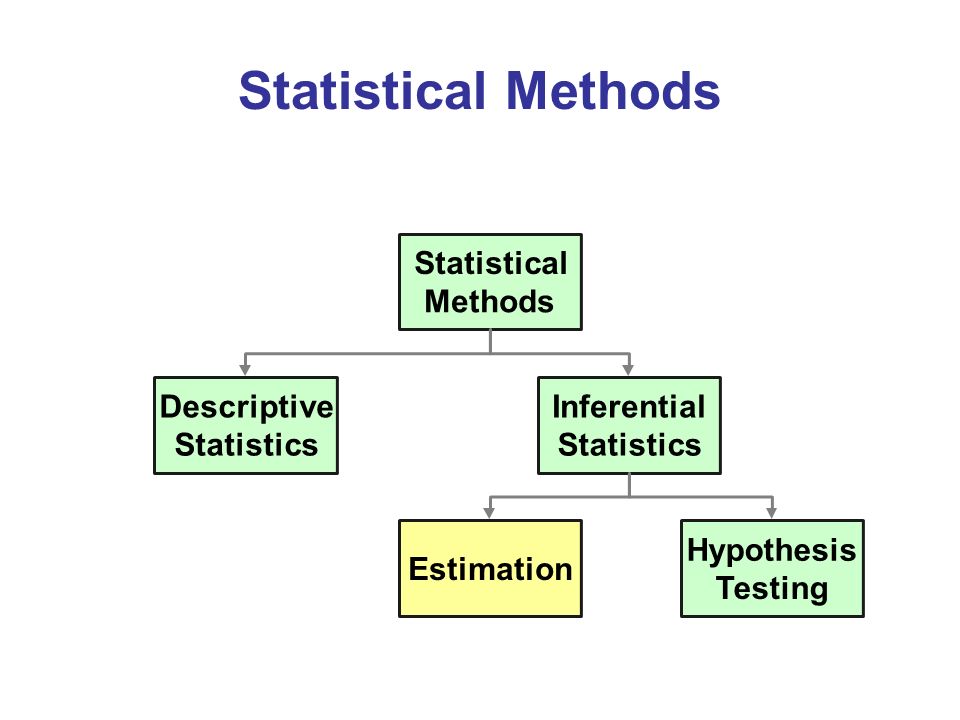Inverse problems are ubiquitous in the sciences and engineering. Two categories of inverse problems concerning a physical system are (1) estimate parameters in a model of the system from observed input-output pairs and (2) given a model of the system, reconstruct the input to it that caused some observed output. Applied inverse problems are challenging because a solution may (i) not exist, (ii) not be unique, or (iii) be sensitive to measurement noise contaminating the data. Bayesian statistical inversion (BSI) is an approach to tackle ill-posed and/or ill-conditioned inverse problems. Advantageously, BSI provides a "solution" that (i) quantifies uncertainty by assigning a probability to each possible value of the unknown parameter/input and (ii) incorporates prior information and beliefs about the parameter/input. Herein, we provide a tutorial of BSI for inverse problems, by way of illustrative examples dealing with heat transfer from ambient air to a cold lime fruit. First, we use BSI to infer a parameter in a dynamic model of the lime temperature from measurements of the lime temperature over time. Second, we use BSI to reconstruct the initial condition of the lime from a measurement of its temperature later in time. We demonstrate the incorporation of prior information, visualize the posterior distributions of the parameter/initial condition, and show posterior samples of lime temperature trajectories from the model. Our tutorial aims to reach a wide range of scientists and engineers.
翻译:逆问题在科学和工程中普遍存在。关于一个物理系统的逆问题可以分为两类:(1)从观察到的输入输出对中估计出系统的模型参数和(2)给定系统模型,重构输入以产生观察到的输出。应用中的逆问题具有挑战性,因为解决方案可能(i)不存在,(ii)不唯一,或(iii)对污染数据的测量噪声敏感。贝叶斯统计逆问题(BSI)是一种处理不适定和/或不良条件逆问题的方法。优点是,BSI提供了一种“解决方案”,既可以对未知参数/输入的每个可能值赋予概率,还可以综合先验信息和有关参数/输入的信念。在本文中,通过热传递从环境空气到冷柠檬的例子,提供一个BSI对逆问题的教程。首先,我们使用BSI从多次测量的柠檬温度推断柠檬温度动态模型中的参数。其次,我们使用BSI从柠檬后续的温度测量中重构柠檬的初始条件。我们演示了先验信息的综合,可视化参数/初始条件的后验分布,并展示了来自模型的柠檬温度轨迹的后验样本。我们的教程旨在覆盖广泛的科学家和工程师。


